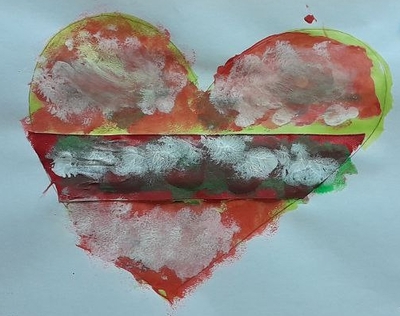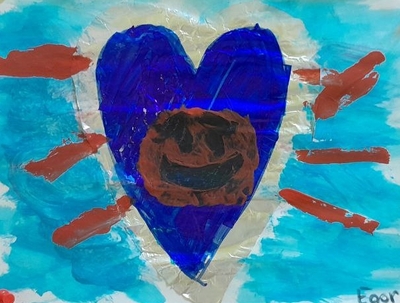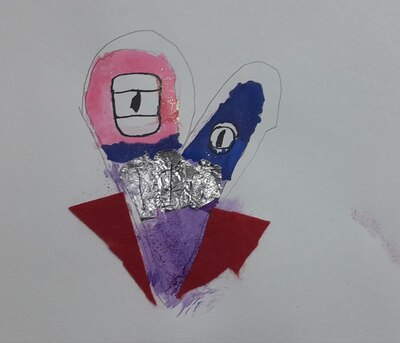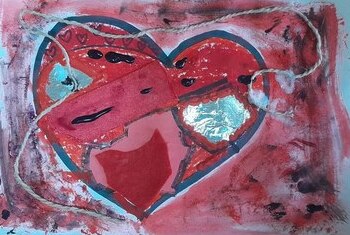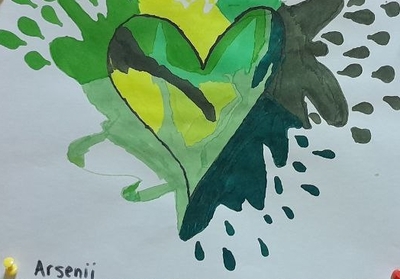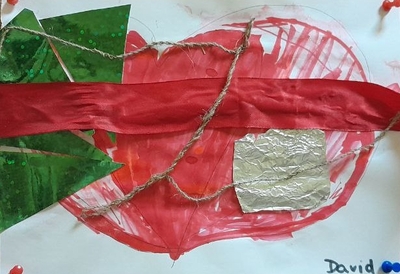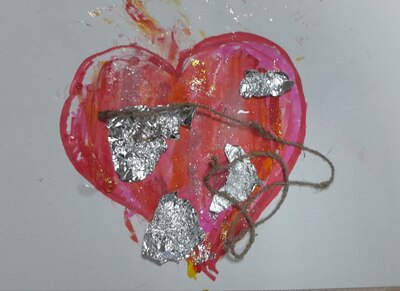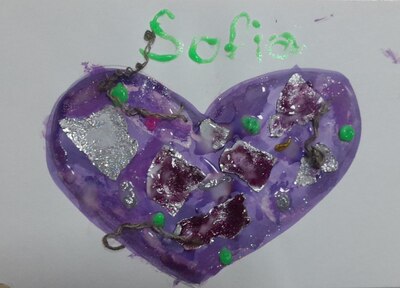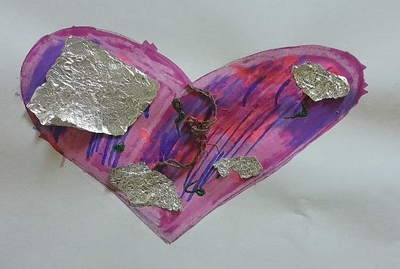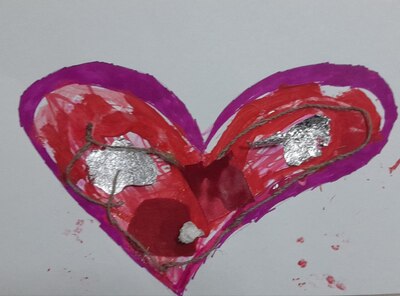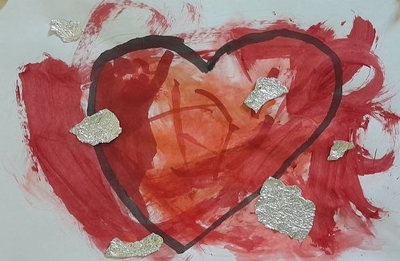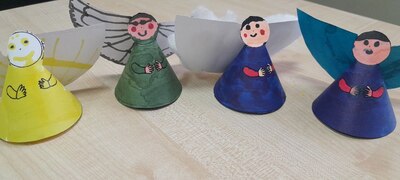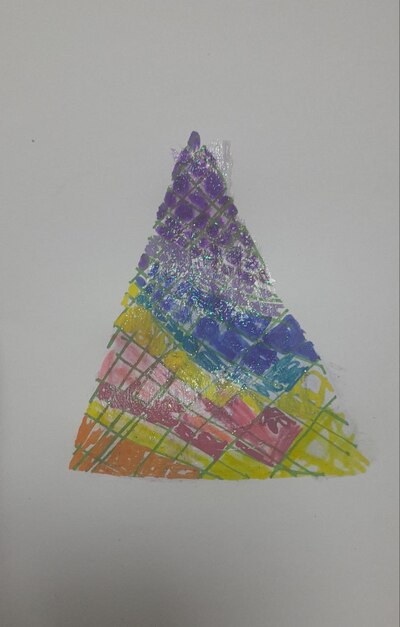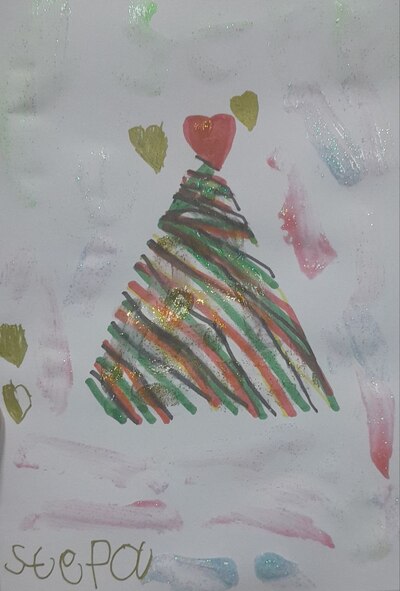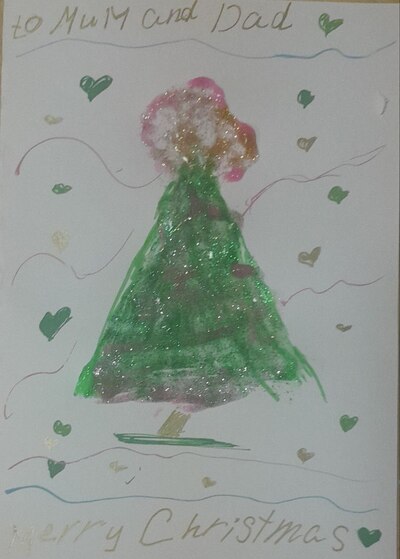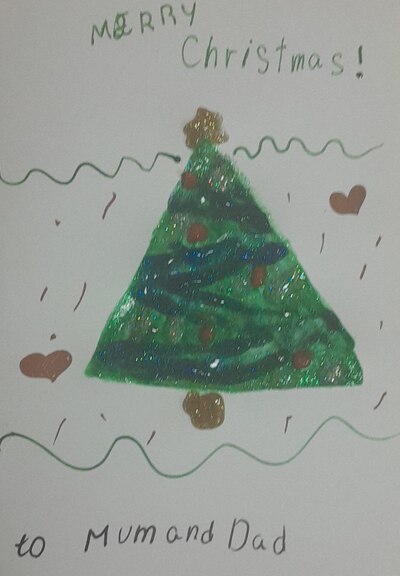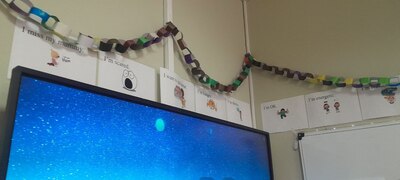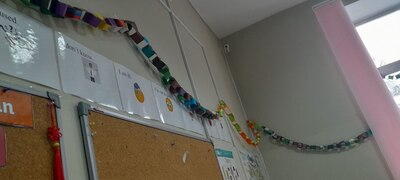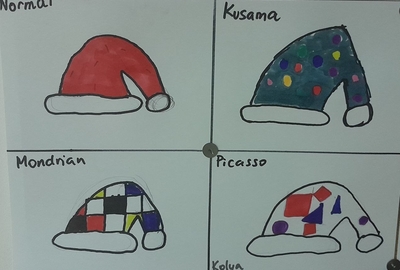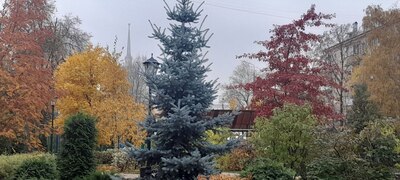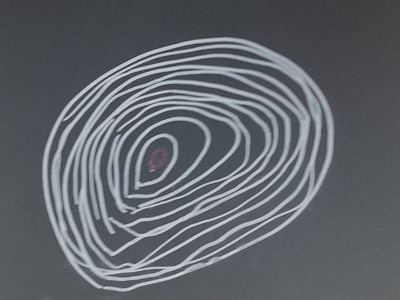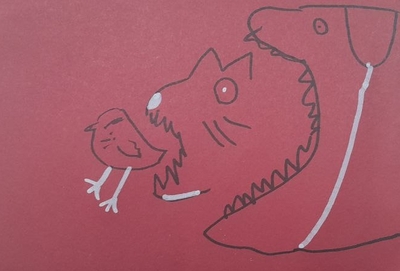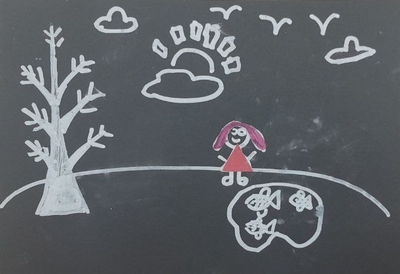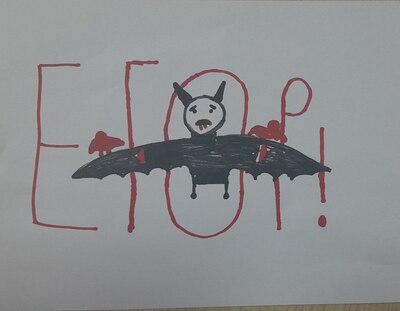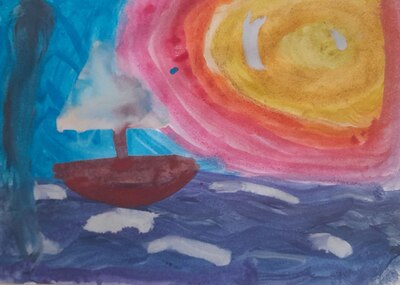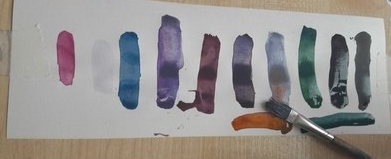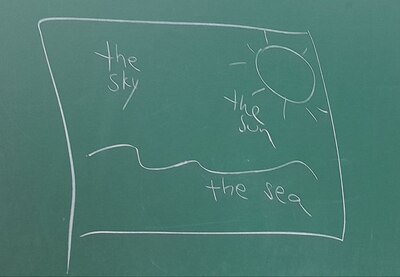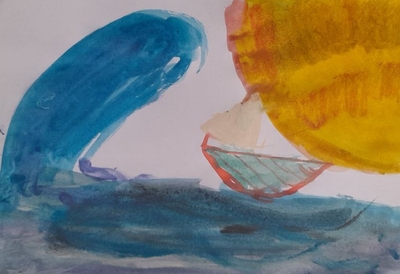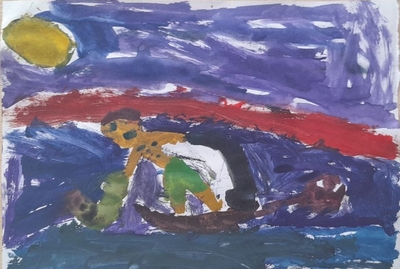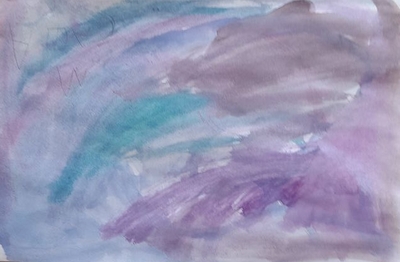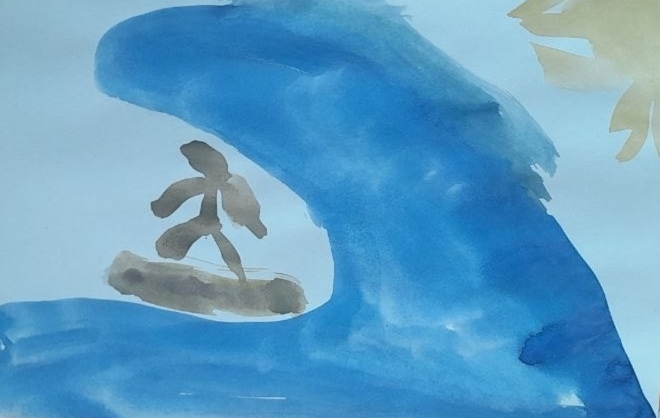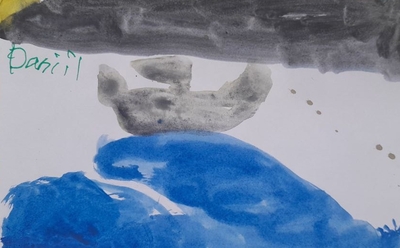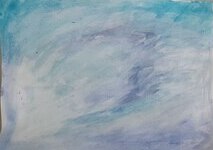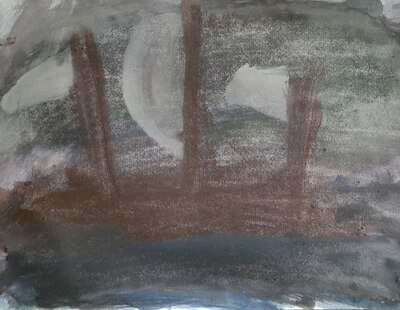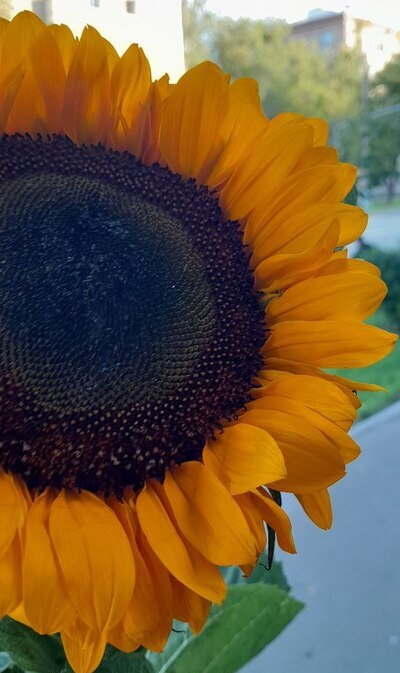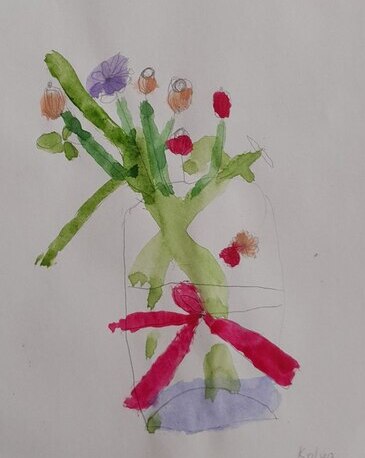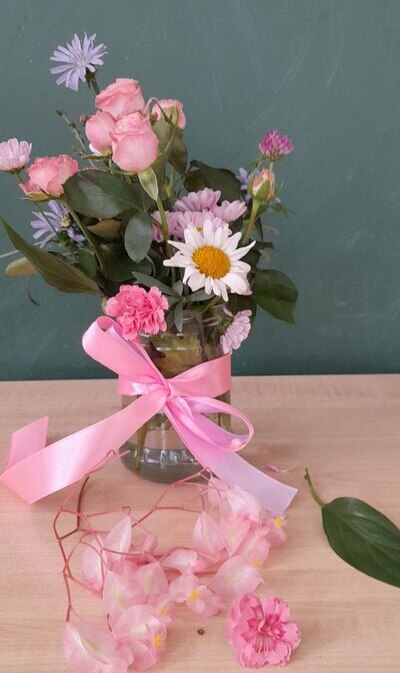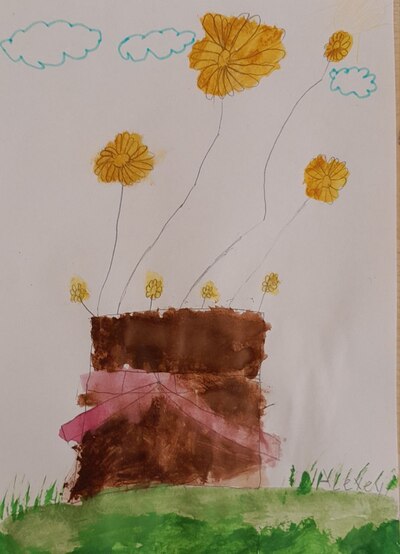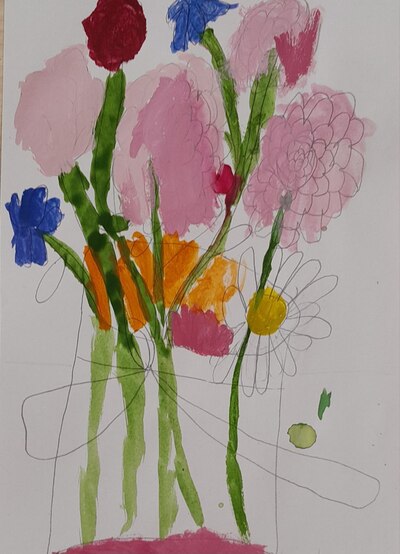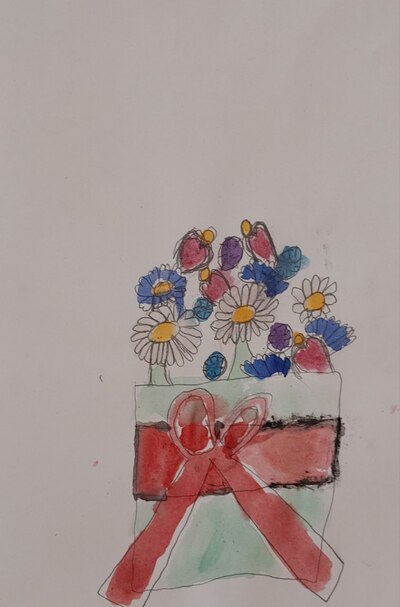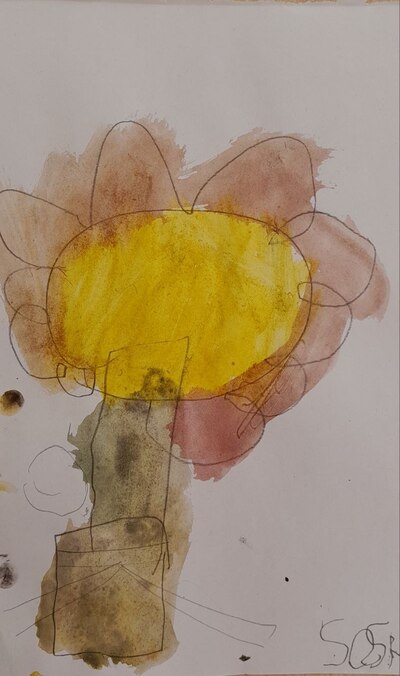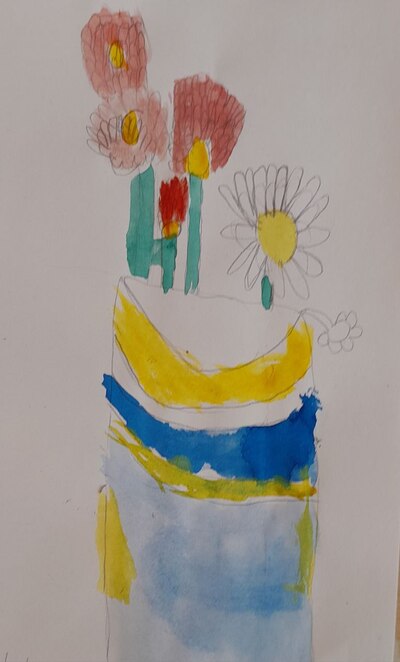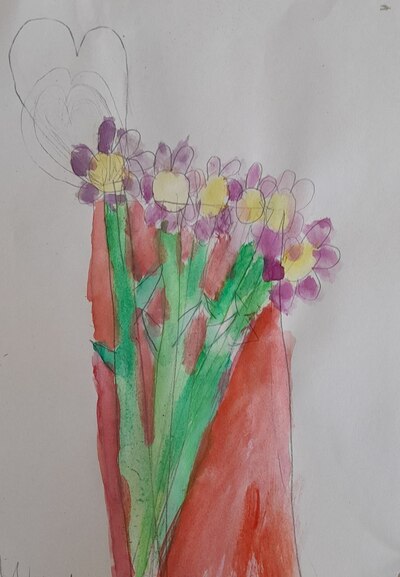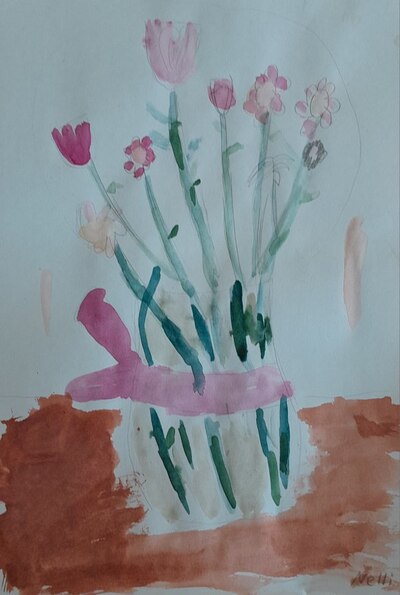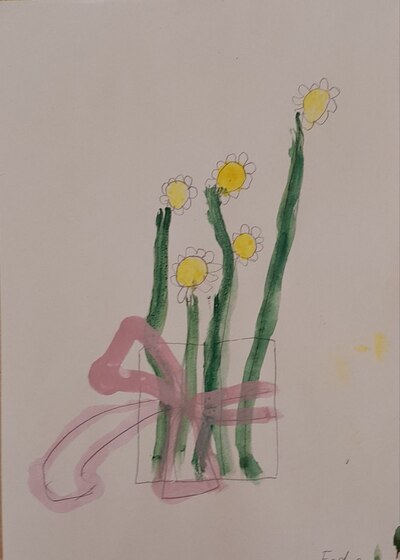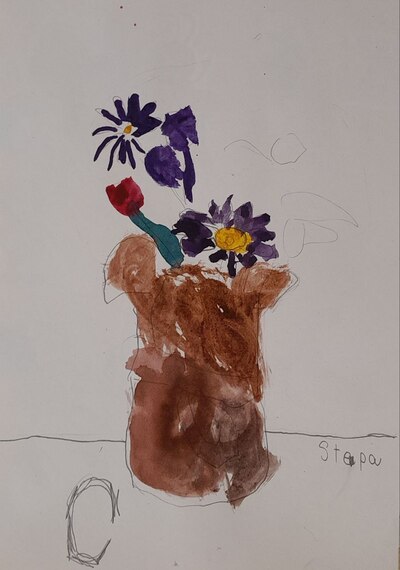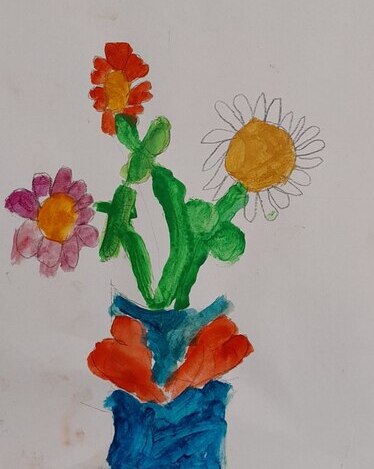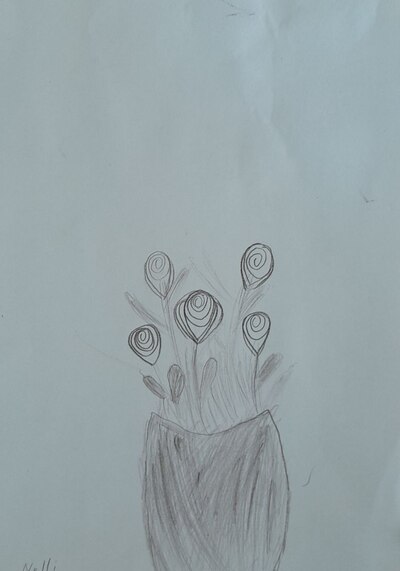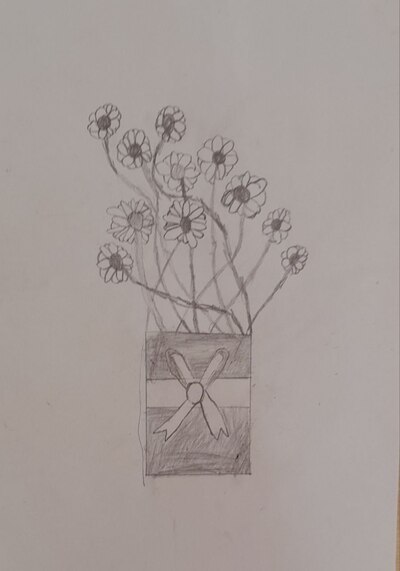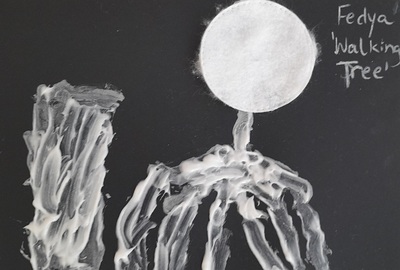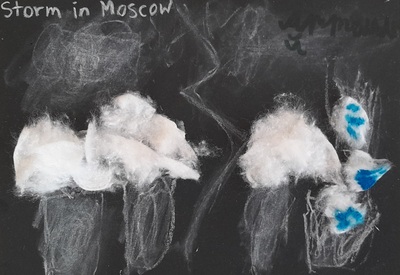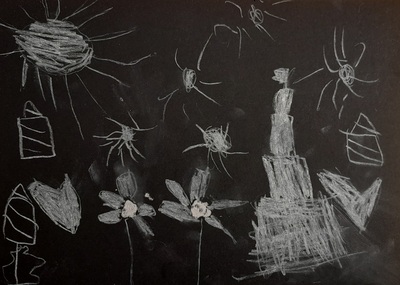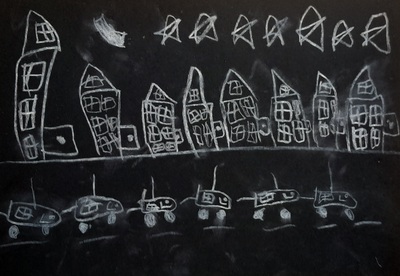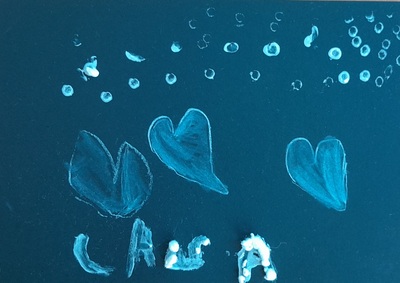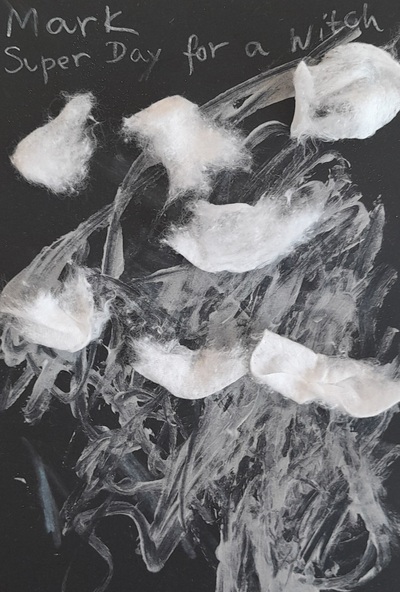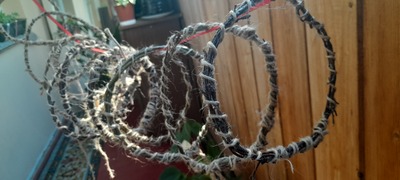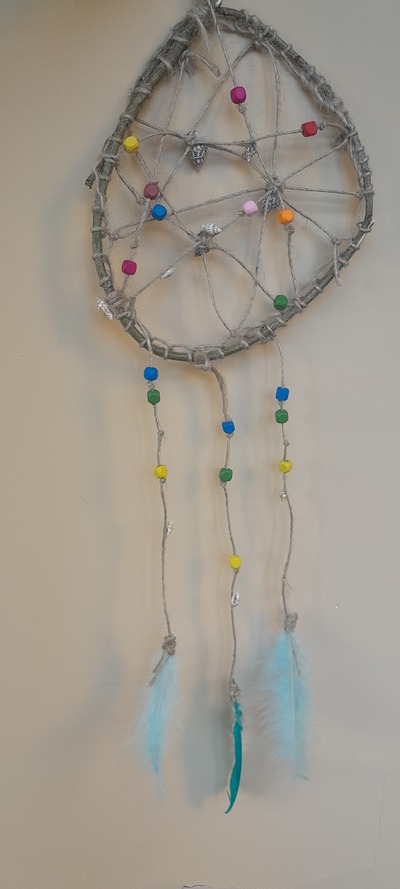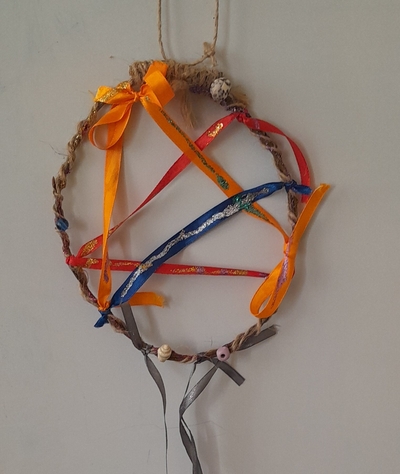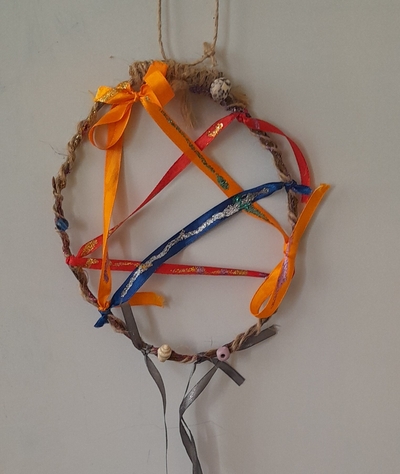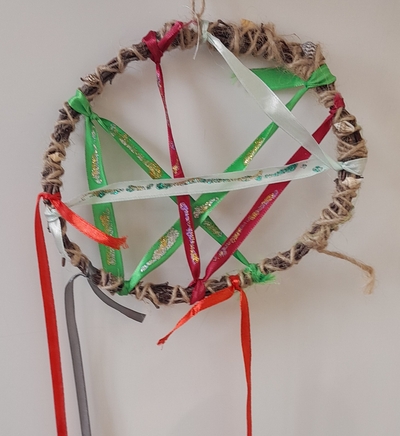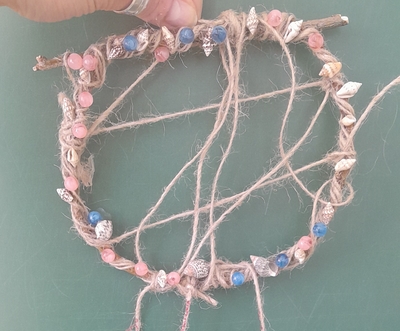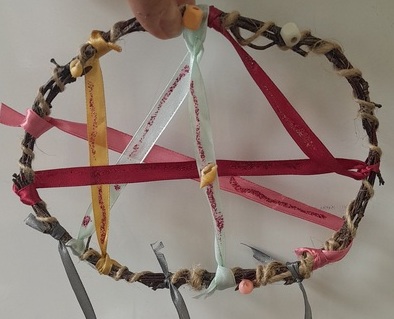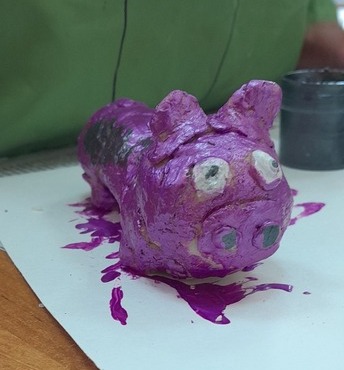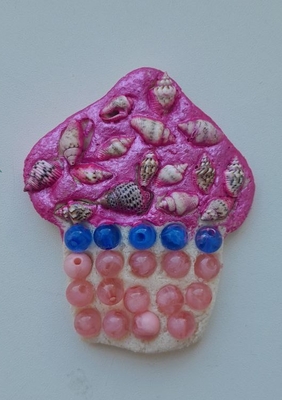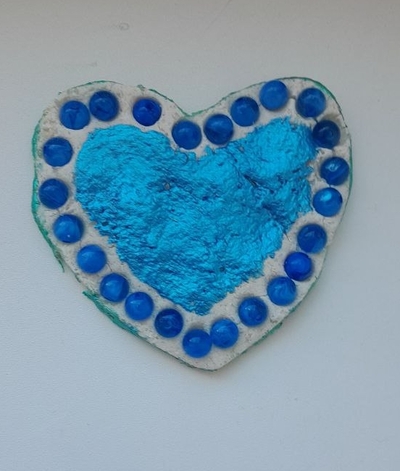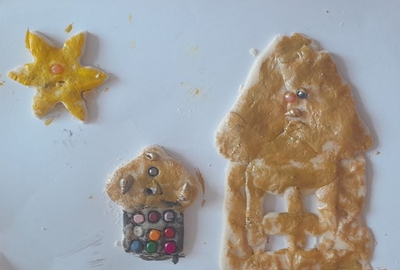Do I hear gasps of horror in the audience? Good. That is how I reacted when I said these words out loud, in a conversation with a teacher friend, retelling her some of the ‘recent events’…
Bear with me, dear reader and let’s see if you still gasp at the end of this post. Or maybe I will get you to at least look at the world through my eyes and give me a tiny little nod of agreement…
The ideal teacher?
‘Enthusiastic‘ is this one term that frequently appears on the list of words to describe an ideal teacher. Qin Zhang goes as far as saying that it is ‘generally recognised as one of the most essential and desirable qualities and characteristics of effective teachers‘ as one almost synonymous with energy or passion. What’s more, it is often presented as key to students’ motivation and engagement and, if you look long enough, you can even find advice how to be enthusiastic about what you teach (and in case you need it – use your voice and gestures, never admit that you don’t like your subject or topic or that it is not important). Enthusiasm then – a key factor in teaching.
Or is it?
Reading all these articles made me want to jump up and shout ‘Objection, Your Honour!’
My definition of a teacher, and especially a YL teacher, is slightly different and, surprise surprise, enthusiasm does not feature there as one of the necessary qualities. I put this list together based on years of mentoring and training of teachers who were either novices in general or novice teachers in the early years ESL/ EFL world. I based it on my own experience, the things that worked and the things that didn’t. I read about it, too, of course.
On my list, I have resilience and stamina and a variety of skills, I have resourcefulness and patience, I have creativity, energy and calmness and all three elements mentioned by my gurus such as Sandie Mourao (2018): the level of language, the knowledge of child development and of the appropriate methodology. A YL teacher is also someone who can teacher up or teacher down. But ‘enthusiastic’, well, somehow I didn’t think of including it. Truth be told, only recently did I begin to understand why.
Case studies
To illustrate that, I will use three case studies, from my professional life as a teacher, a trainer, an educational manager in all the contexts, countries and schools where I have worked and, at the same time, in none of them. The stories may have happened but in the way you think, not in the place you can guess and not with the people you know. No identification with actual persons or places is intended or should be inferred.
Case study 1: A senior teacher is asked to prepare a programme for the summer camp session. This senior teacher does not really have a lot of experience in the area and with this age group and, somehow, they do not bother to ask for advice, recommendations or support from more experienced colleagues. They just put it together, as best as they can because they really, really want to and they believe that something’s gotta give.
The programme has more holes than a slab of some Swiss cheese. There are no real ideas, no lesson plans, no support for the teacher or any attention or knowledge of any methodological principles. The only thing that there is – the enthusiasm and the Wow Factor . The camp lags from one day to the other, the teachers are confused and lost and just doing their best. But, because they are dedicated and passionate, they pull it through.
Execution mode: atrocious and unecessarily exhausting.
Aims: met as in: the world did not fall apart.
Case study 2: A teacher orgnises an excursion for her students, to the cafe, to celebrate. It is not a big group of students, there are four adults accompanying the kids, the paperwork is ready. However, the teacher doe not bother to check and to plan the route, there and back, because they are in the city city, not far from the school and the place is reacheable on foot. On the way there and on the way back, the group wanders around, they have to stop a few time to check the google maps, everything takes forever and on the way back, they take yet another shortcut and, to add insult to injury, they are caught in a blizzard.
Execution mode: messy and unnecessarily exhausting.
Aims: met (meaning: the world did not fall apart and there were a lot of lovely photographs)
Case study 3: An adult student stays after a lesson to talk about a relative who would like to work as a teacher. The contacts are exchanged and the potential applicant is advised to get in touch with the recruitment department of the school. She does and only later doe it become obvious that the enthusiastic would-be teacher has not graduated from the university yet, her studies are not even remotely related to education, she has never every taught in any capacity and does not even have any official confirmation of her language level. For all these reasons, naturally, the school does not hire her. However, she is advised to take a language test and consider starting the basic teaching qualification course. The potential applicant does not reply to these in any way and, her relative, the adult student who comes to the following lesson iss obviously disappointed and she tries to plead, with her teacher. ‘But she is so eager to start teaching. She really, really wants to be a teacher of English. It would be a dream come true...’
Execution mode: a great range of mixed feelings.
Aims: not met. I hope this person found her path.
Put the enthusiasm on the back burner!
It is easy to image that all of the directors, all of the managers, all of the parents and all of the trainers would love to see their teachers full of energy, stars in their eyes, joy in their gait, impatient to start doing their favourite thing, teaching! To impart knowledge, to help the kids learn, to help their students grow! That’s absolutely important and I hope that all my teachers, readers, colleagues have a chance to experience it on daily basis, this passion for what you do. I, personally, cannot imagine a life in which you to work without a tiny spark of happiness, just to do something in exchange for the salary. There are lots and lots of things that I do, solely out of pure enthusiasm and there are lots and lots of things that my colleagues and teacher friends do, on daily basis, that are not reimbursed financially.
But.
Enthusiasm cannot be the only resource available to a teacher. If it is and if it is there to cover up and to make up for all the other adjectives (such as organised, supportive, qualified, skilled, realistic, methodologically sane, planned, reasonable and professional), then I would like to make an objection and a strong one, too!
If we were talking about a different profession, nobody would even consider hiring a person to do the job of a doctor, a driver or a hair-dresser if the only thing they had to show for themselves was their enthusiasm or serving a disgusting cake on a pretty plate and claiming a Michelin star or two. It would not be a good idea to organise a festival without checking all of the bits, pieces and options and going for it just because we really, really want to have it.
No because it does not work like that in other areas and we should not have to deal with that in teaching, either.
Personally, I find it very, very tiring, as a teacher, as a trainer and as an educational manager. Mostly, because, in most cases, it translates into mess, confusion, teaching and learning below standard and last minute preparations and fixing problems as we (happily) go along. Perhaps, on my part, it is some kind of professional OCD but I like things to be in order.
This is not a post against enthusiasm and pession. Let’s not take it off the list, let’s just put it on the back burner, please.
Happy teaching!
References
Instructor’s Corner #3: Teaching with Enthusiasm: Engaging Students, Sparking Curiosity, and Jumpstarting Motivation | National Communication Association (natcom.org)
An enthusiastic teacher of English – How I see it now (wordpress.com)
Being an Enthusiastic Teacher – Swansea Academy of Learning and Teaching
What makes teachers enthusiastic: The interplay of positive affect, self-efficacy and job satisfaction – ScienceDirect
Sandie Mourao (2018), Research into the teaching of English as a foreign language in early childhood education and care, In: S.Garton, F.Copeland, The Routledge Handbook of Teaching English to Young Learners, Routledge, p. 429.
